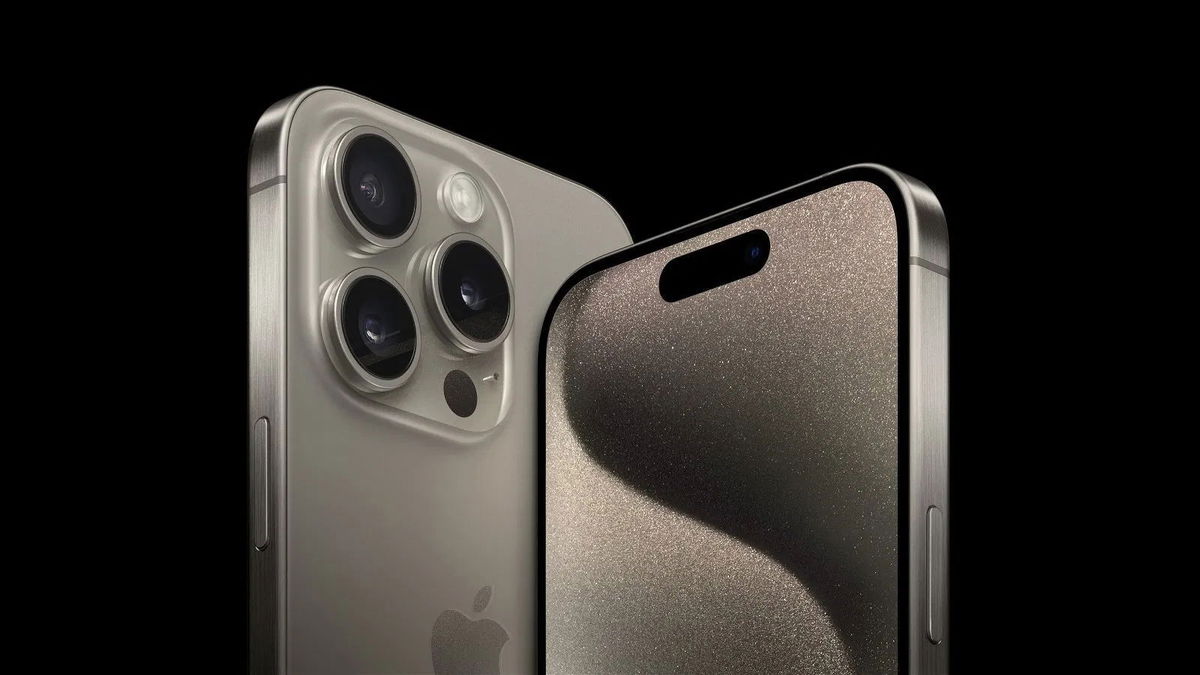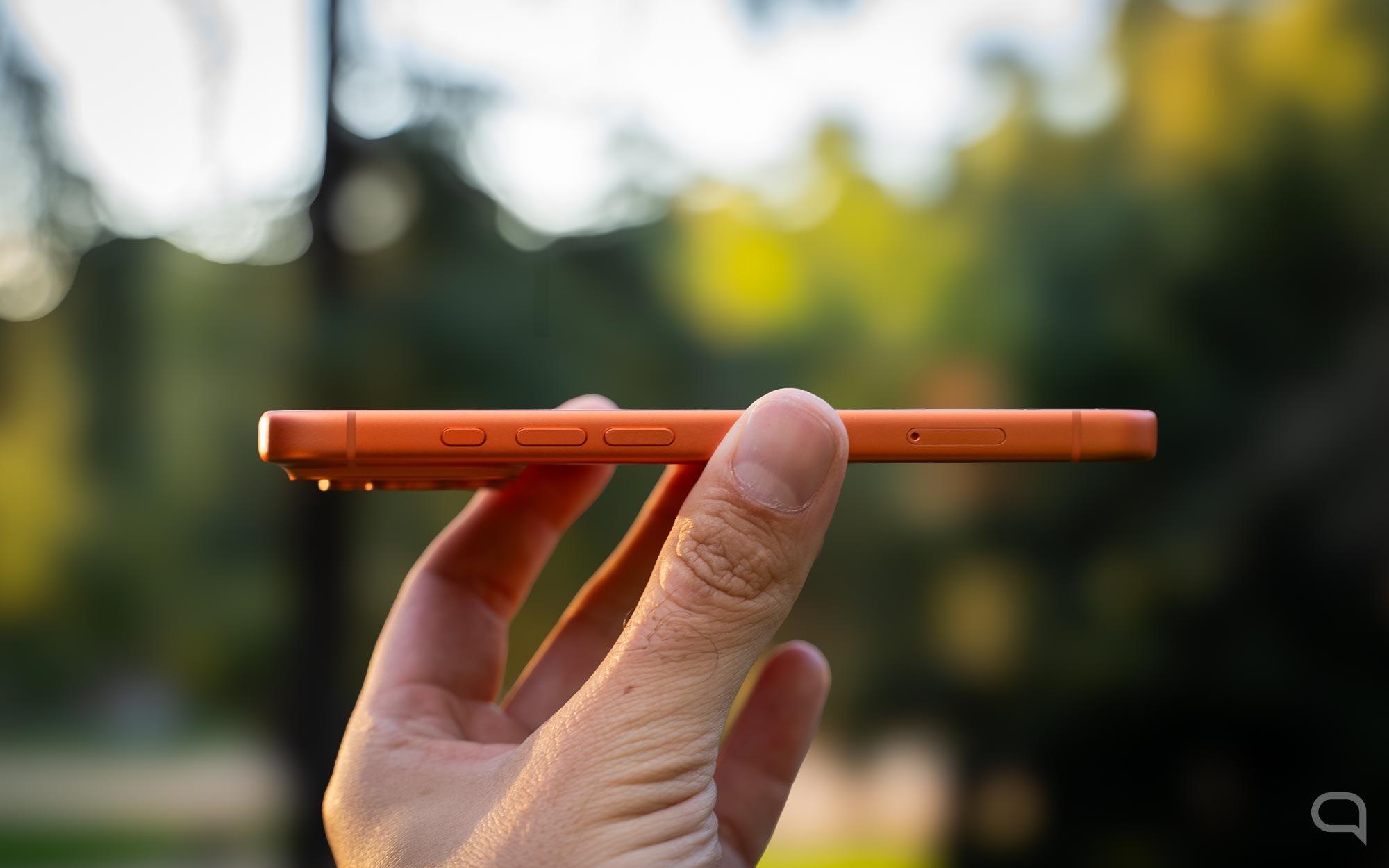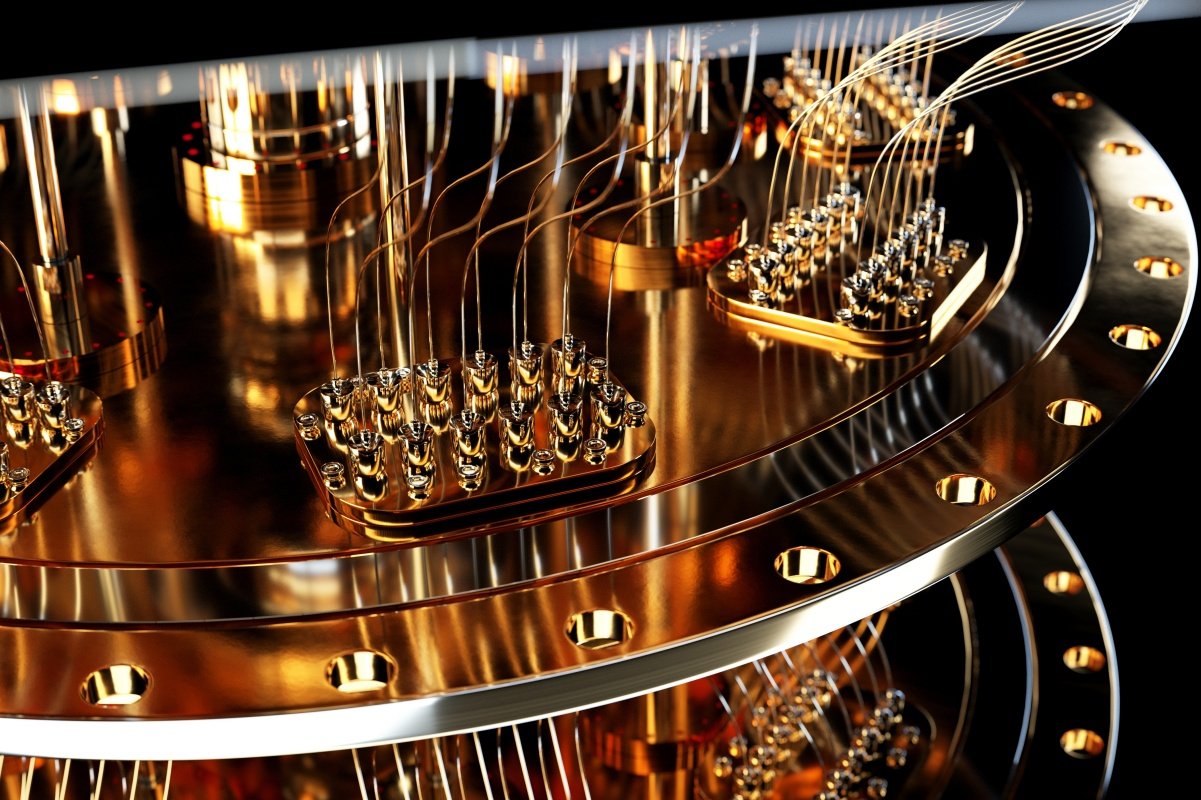Quantum computing systems have been hailed as the future of computing, capable of performing calculations that would be very difficult or impossible in the classical computers we use today. However, they are subject to many errors, which represents one of the biggest problems in the practical application of technology.
Google’s quantum engineering team appears to be on the right track in considering the use of quantum computers.
How does a quantum computer work?
Quantum computers use features of quantum physics to store data and perform calculations. The basic units of information in conventional computers are called bits and are stored as strings of 1s and 0s.
In a quantum computer system, these units are known as qubits and can be 1s and 0s at the same time.
A bit of quantum information (a qubit) can only encode more than 0 or 1 data like a traditional binary computer. Which means it could be much stronger in theory.
However, qubits are susceptible to interference, even from changes in light and temperature, leading to higher error rates that make the output of quantum computers unreliable. And the more qubits you add, the higher the error rate.
a great breakthrough
In the latest experiment by quantum engineers at Google, they used quantum error correction to reduce the error rate and simultaneously increase the quantum matrix.
They grouped individual qubits into arrays of 49 to create a single logical qubit. In the past, Google worked with groups of 17 qubits, but the new design with 49 showed a lower error rate.
According to Google itself, this is the first time scaling a logic qubit without increasing the error rate, which could be an important milestone on the road to a practical quantum computer.
In 2019, Google claimed that the Sycamore machine had passed a milestone known as “quantum supremacy” when it performed 200 seconds of a calculation that would take 10,000 years to complete on a conventional computer.
Source: Tec Mundo
I’m Blaine Morgan, an experienced journalist and writer with over 8 years of experience in the tech industry. My expertise lies in writing about technology news and trends, covering everything from cutting-edge gadgets to emerging software developments. I’ve written for several leading publications including Gadget Onus where I am an author.












